Growing Aesthetic Preferences
The aesthetic appeal of black bricks is becoming increasingly recognized in the Black Bricks Market. Architects and designers are gravitating towards black bricks for their modern and sophisticated look, which complements various architectural styles. This trend is particularly evident in urban developments, where the use of black bricks can create striking visual contrasts. Market analysis indicates that the demand for decorative building materials is on the rise, with black bricks being a favored choice. As consumers become more discerning about the aesthetics of their living and working spaces, the Black Bricks Market is likely to benefit from this shift. The integration of black bricks into design concepts may also lead to higher market penetration and increased sales.
Rising Construction Activities
The Black Bricks Market is experiencing a surge in demand due to increasing construction activities across various sectors. Urbanization and population growth are driving the need for residential and commercial buildings, which in turn boosts the demand for black bricks. According to recent data, the construction sector is projected to grow at a compound annual growth rate of approximately 5.5% over the next few years. This growth is likely to enhance the market for black bricks, as they are favored for their durability and aesthetic appeal. Furthermore, the trend towards sustainable building practices is encouraging the use of black bricks, which are often made from recycled materials. As construction projects expand, the Black Bricks Market is poised to benefit significantly from this upward trajectory.
Technological Innovations in Production
Technological advancements are playing a crucial role in shaping the Black Bricks Market. Innovations in manufacturing processes are leading to improved efficiency and quality of black bricks. For instance, the introduction of automated production lines has reduced costs and increased output, making black bricks more accessible to builders. Market data suggests that the adoption of advanced technologies could enhance production capacity by up to 30% in the coming years. Additionally, these technologies may facilitate the development of new types of black bricks with enhanced properties, such as better thermal insulation and fire resistance. As these innovations continue to evolve, the Black Bricks Market is likely to experience significant growth, driven by both increased supply and improved product offerings.
Increased Demand for Sustainable Materials
Sustainability is becoming a pivotal factor in the Black Bricks Market. As environmental concerns rise, builders and architects are increasingly seeking sustainable materials for construction. Black bricks, often produced from recycled materials, align well with this trend. The market data indicates that the demand for eco-friendly building materials is expected to grow by over 10% annually. This shift towards sustainability not only enhances the appeal of black bricks but also positions them as a preferred choice among environmentally conscious consumers. The Black Bricks Market is likely to see a substantial increase in market share as more stakeholders prioritize sustainable construction practices. This trend may also lead to innovations in production techniques, further enhancing the market's growth potential.
Regulatory Support for Sustainable Construction
Regulatory frameworks are increasingly supporting sustainable construction practices, which is positively impacting the Black Bricks Market. Governments are implementing policies that encourage the use of eco-friendly materials, including black bricks. These regulations often include incentives for builders who choose sustainable options, thereby driving demand. Recent data indicates that regions with stringent environmental regulations have seen a marked increase in the use of sustainable building materials, with black bricks being a prominent choice. As these regulatory measures continue to evolve, the Black Bricks Market is expected to grow, as more construction projects align with sustainability goals. This supportive environment may also foster innovation and investment in the production of black bricks, further enhancing market dynamics.
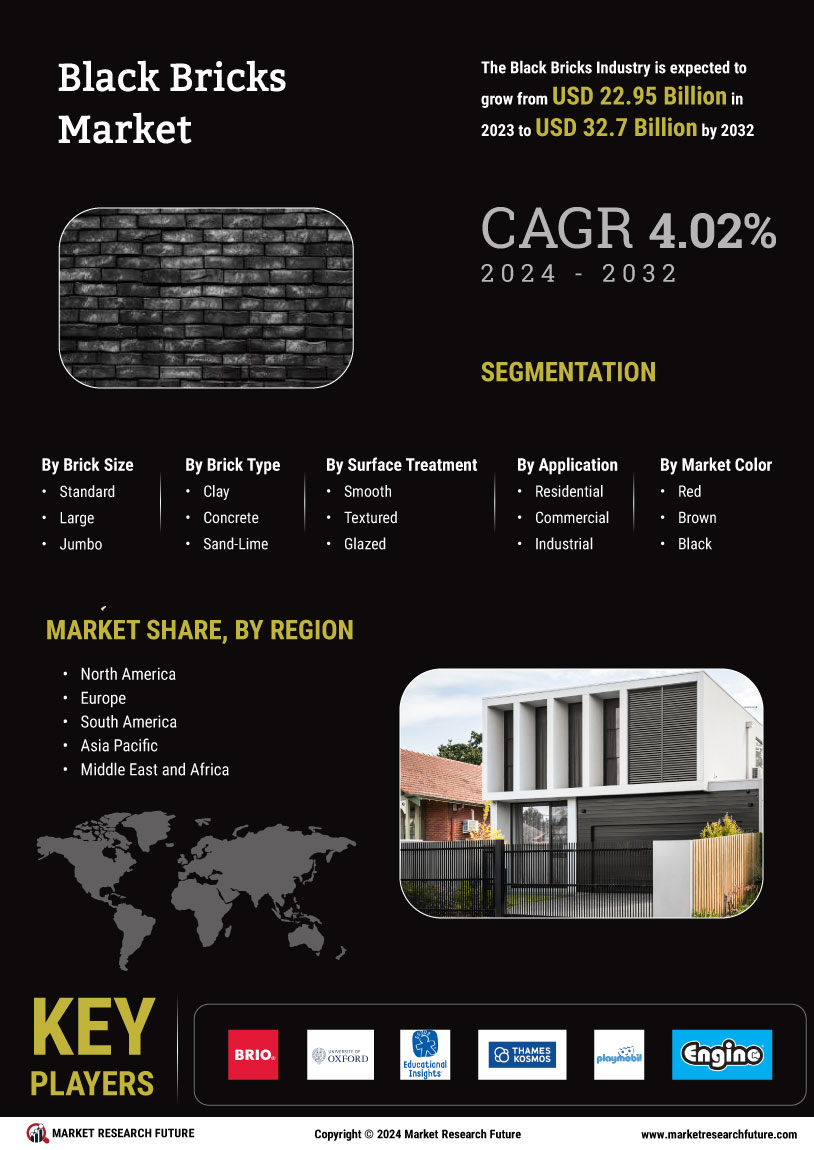


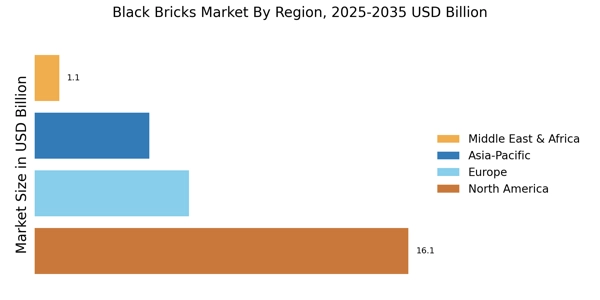
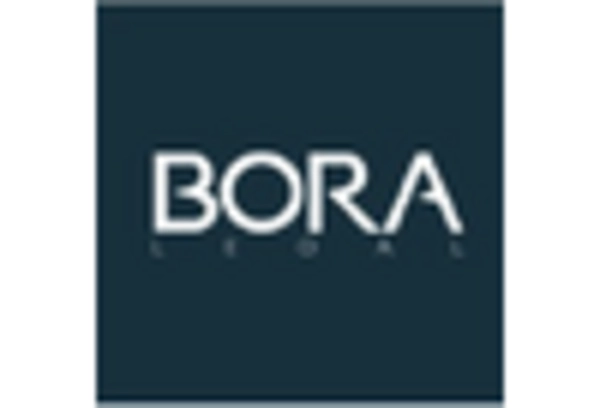
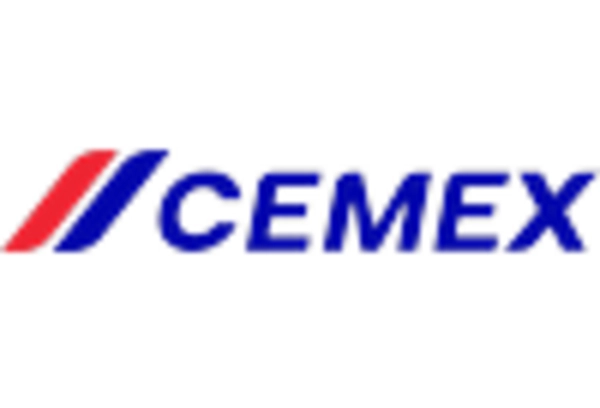
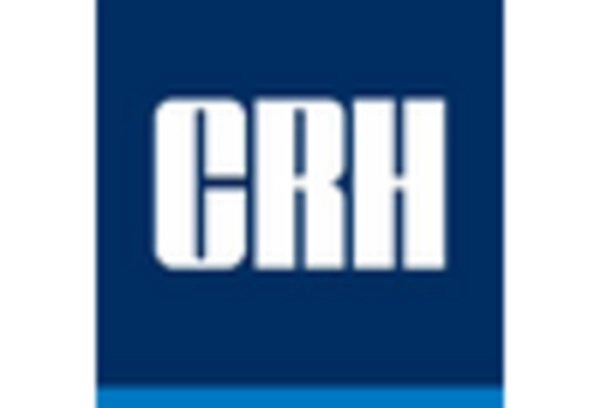
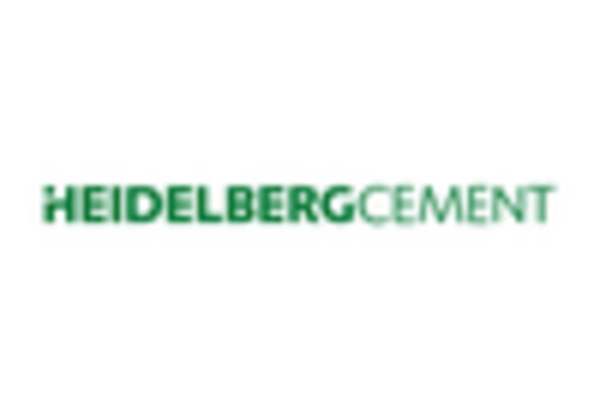

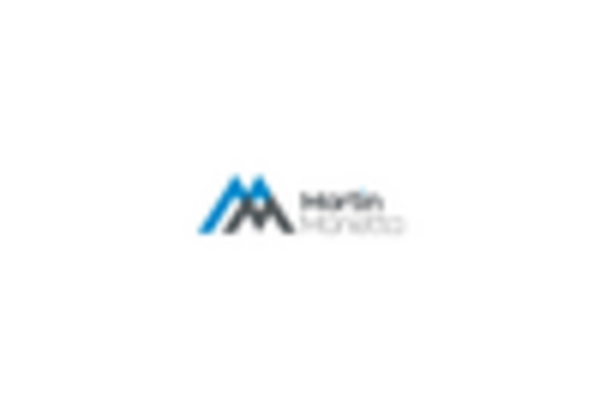








Leave a Comment